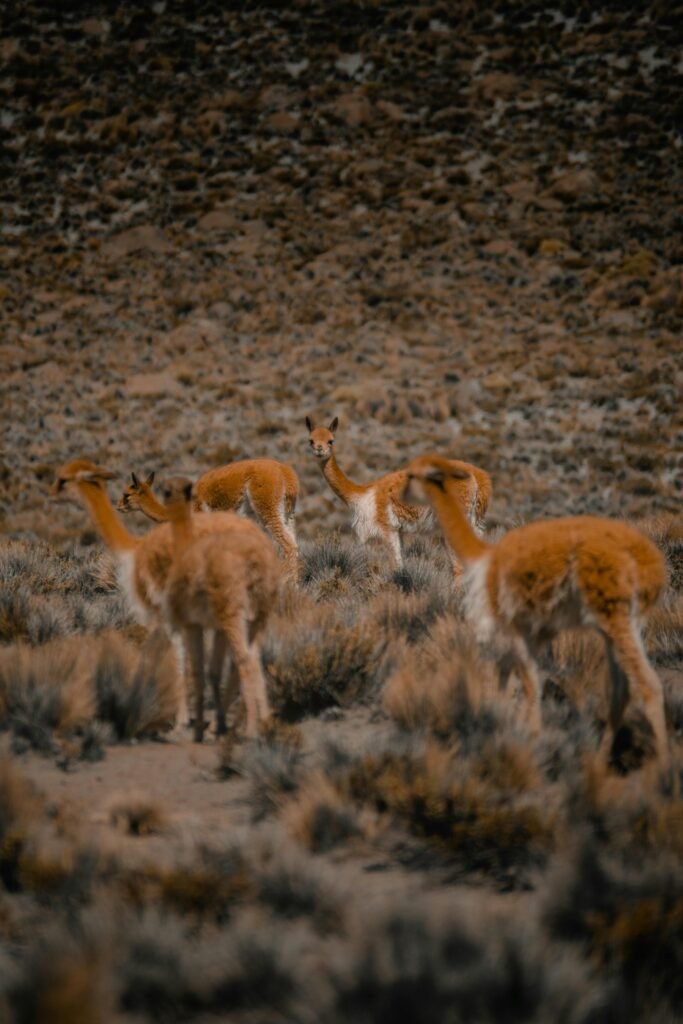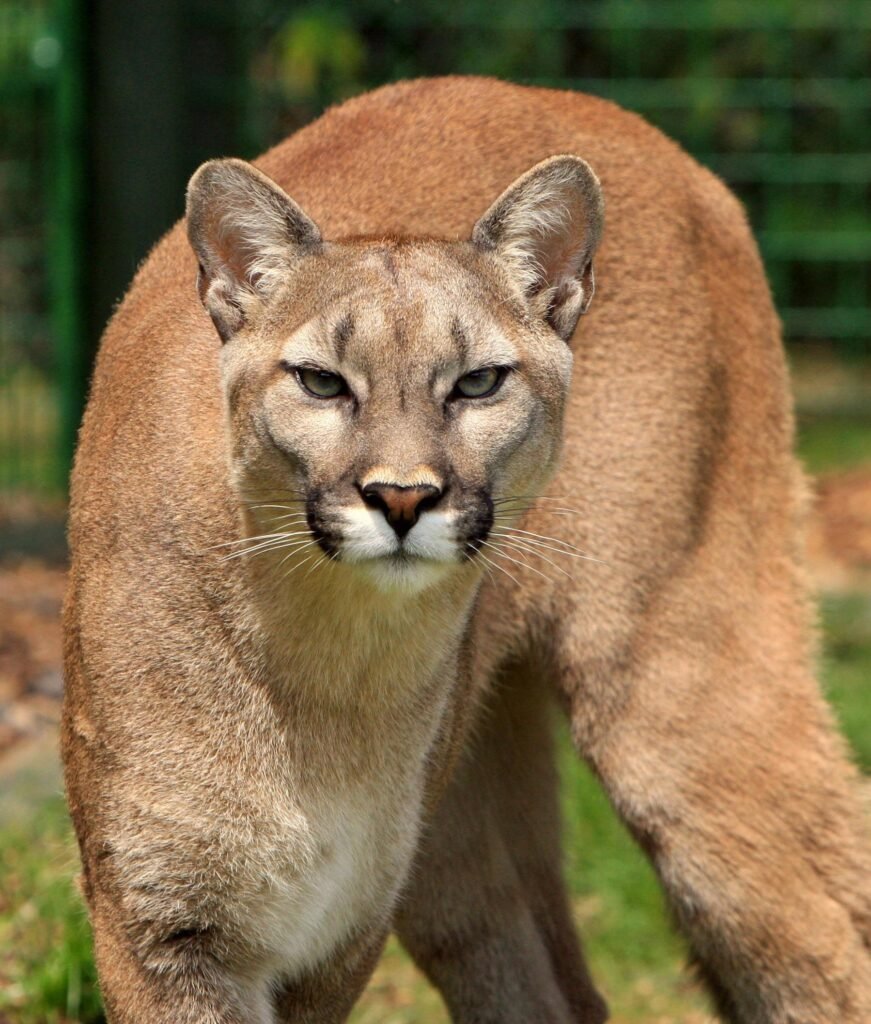Torres del Paine National Park in Chile is like a mini Patagonia! With its towering peaks, sprawling forests, and the Southern Patagonian Ice Field—one of the world’s largest freshwater reserves—it’s a place where nature’s grandeur takes center stage.
Everything you love about Patagonia, you can find right here in Torres del Paine!

In addition to its stunning landscapes, Torres del Paine is home to a wide variety of bird species and mammals. The density of guanacos and pumas is especially high here. In fact, Torres del Paine is considered one of the places with the highest concentration of pumas on Earth.
What animals can you see in Torres del Paine National Park?
The five most commonly spotted animals in Torres del Paine are:
- Andean Condor
- Guanaco
- Puma
- Chilean Deer
- Darwin’s Rhea
So, what is the easiest animal to spot in Torres del Paine?
The answer is the Guanaco!
The guanaco not only has the largest population in Torres del Paine but is also widespread throughout South America. During Summer’s road trip in South America, the animals most frequently seen were vicuñas and guanacos.

Vicuñas prefer high-altitude environments, such as the Bolivian plateau where the Uyuni Salt Flats are located.

On the other hand, guanacos truly love the harsh and cold lands of Patagonia. The chilly icy rain slapping their faces is a perfect reflection of their daily lives.
In the eastern and central plains of Torres del Paine National Park, from Laguna Azul (Blue Lake) to Lake Pehoé, guanacos can be seen everywhere!
Since there are guanacos, are pumas easy to spot?
Of course, with plenty of food around, predators are certainly unwilling to leave. Torres del Paine is undoubtedly the best place to track and photograph pumas. With abundant food, open landscapes, and plenty of tourists for company, pumas are not shy at all.

Pumas’ favorite food, besides guanacos, includes Darwin’s rhea. Also known as the lesser rhea, Darwin’s rhea primarily feeds on grass and is widely distributed across Patagonia. These birds are not only large in size but also flightless, naturally making them one of the puma’s prey.
In addition to Darwin’s rhea, Torres del Paine National Park is one of the regions with the highest density of Andean condors. The chances of encountering them are nearly 100%.
Apart from Torres del Paine National Park, where else in Chile can you photograph pumas?
Patagonia National Park

This newly established national park, located in the heart of Chilean Patagonia in the Aysén region, has the second-highest density of pumas after Torres del Paine. Moreover, the park’s founder, the legendary Douglas Tompkins, and his environmental organization have done extensive and highly effective work in puma conservation. While hiking in Patagonia National Park, Summer once had a chance encounter with a puma sprinting at full speed to hunt a guanaco. Yes, you heard that right — a chance encounter! Witnessing a big cat in full hunting mode — what do you think? Was Summer lucky, or incredibly lucky?
The chances of seeing a puma in Patagonia National Park are not lower than in Torres del Paine, and on top of that, the costs there are lower. So, here’s the question: what should you do if you encounter a puma while hiking? Although the probability of encountering a puma while hiking in Torres del Paine, especially on the crowded W trail, is very low, Summer still wants to emphasize here: if you encounter a puma, stay calm and DO NOT Turn and Run.

Turning your back and running near a puma is the most dangerous thing you can do.
First, always keep a safe distance from the puma.
Second, if you find yourself too close, raise your arms or grab anything nearby that you can use, like a stick, and make yourself appear larger. The puma will usually walk away.
So far, there have been no recorded incidents of pumas attacking humans in Torres del Paine.
What gear should you bring to track pumas?
- A 400mm – 800mm lens.
- A teleconverter.
- A tripod (optional).
- Binoculars (some guided tours provide them, but confirm in advance).
For more information on one-day or multi-day puma tracking tours, please contact Summer.





Your writing is a masterclass in subtlety — each word chosen with care, and every sentence a work of art.
Your writing awakens the mind and softens the heart — a rare and powerful combination.